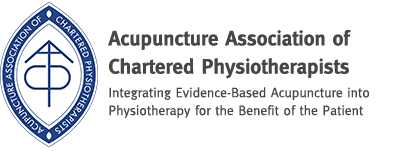As we age we naturally lose strength, flexibility, muscle, bone mass and agility. The less we ‘use it’ the faster we ‘lose it’, so it’s essential that we use our bodies if we want to maintain our ability to do what we love, and to move around freely in the world.
Osteoporosis
Osteoporosis is a condition that makes bones more brittle and prone to fracture. Although osteoporosis can affect men and younger people, post-menopausal women are most at risk. One of the best ways to help maintain healthy bones is to exercise regularly – which encourages the bones to absorb calcium and other mineral salts that keep bones strong.
Weight bearing exercises and weight resisted exercises are best for strengthening bones and muscles and as well as helping to keep bones in good health may also reduce the likelihood of falls as you age. Weight bearing exercises are those where your body is supporting its own weight, such as walking or housework or carrying groceries. Weight resisted exercise involves pushing or pulling against an additional weight, like a dumbbell or barbell or resistance equipment in a gym.
Post-menopausal women are at the highest risk of developing osteoporosis, yet they are the demographic least likely to participate in resistance of impact type exercise.
The younger you start, the better
Anyone can benefit from weight training but it has been demonstrated that younger women who trained using weights have stronger bones later in life, this essentially means that you can bank bone when you’re younger to help prevent fractures later in life – a kind of insurance scheme for your body. A life-time of active living not only protects your bones but also keeps your heart healthy and may protect you from other diseases such as cancer and type two diabetes.
It’s never too late to start strengthening our bones.
Everyone can benefit from increasing their activity levels. Studies have shown that people who have already been diagnosed with osteoporosis can improve their bone health significantly through weight bearing exercise, the key is getting good advice on how to move well and how to self-manage.
Some more benefits
Strong muscles burn more calories, so if you need to control your bodyweight, lifting weights can help. It also helps with balance and can help you to regulate your sleep patterns. If the benefits we got from exercise came in a pill we would be queuing outside our Doctors surgery to be prescribed it.
But I don’t want to look muscled!
Body-builders dedicate years of their life focussing on strict diet and exercise routines to achieve their thick muscles look – it doesn’t happen by accident! Women don’t normally have enough testosterone in their bodies to develop bulging muscles, but can, with regular, moderate training achieve lean, toned and strong muscles, and improve their ability to move through the world.
And I hate gyms!
No problem. There are plenty of other exercises you can do that don’t involve a visit to the gym. Dancing, yoga, tennis, Pilates, walking, running, gardening and even housework count – all you are aiming to do is increase your heart rate and make yourself feel a little warmer. Many people opt to do a set of exercises at home to deliberately strengthen their bodies – whatever suits each individual! You can do it in several short blocks of 15 minute or more but aim for at least a total of 150 minutes per week over at least 5 days per week for the best results. If you’re not used to exercise, start slowly and build up to this target.
I don’t know where to start?
This is where we at Central Osteopaths can help. By screening you for any health concerns that might affect your ability to exercise, helping to resolve any injuries or pain that might be holding you back and advising you on what exercises might suit your goals best.
We here have a special interest in strengthening exercises, combined with our expert knowledge of chronic illness, pain, and injuries, we can help you and your health.

Blog compiled by by Matt Penman M.Ost, Head Osteopath at Central Osteopaths






